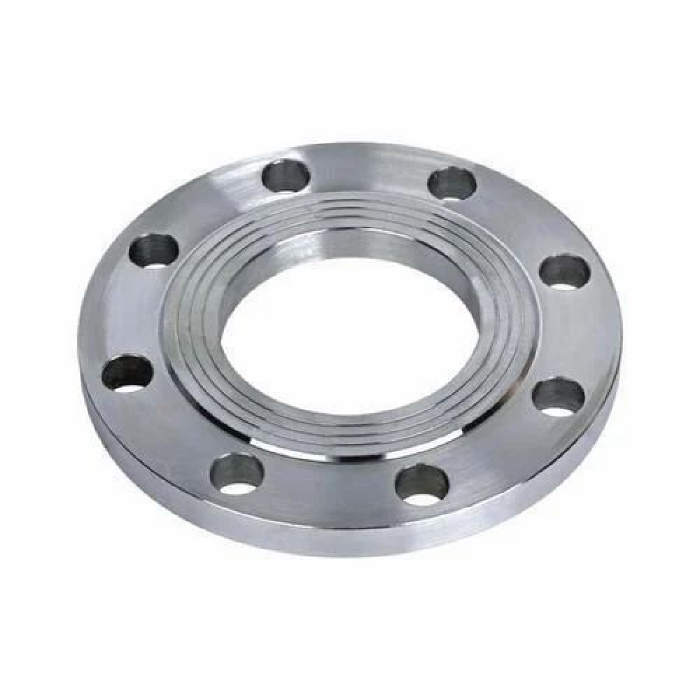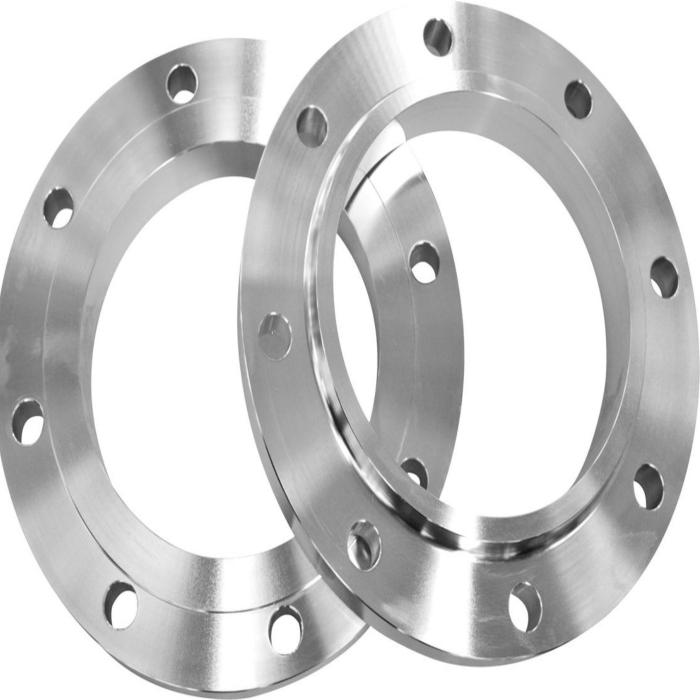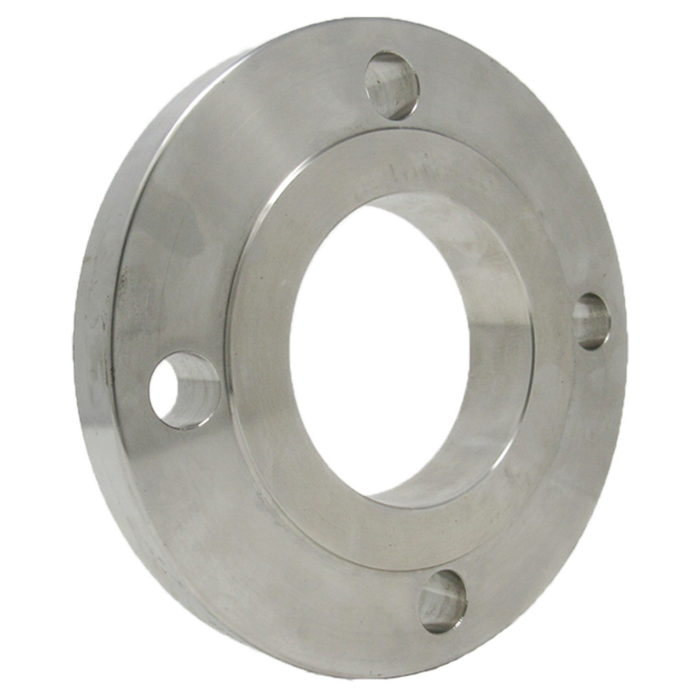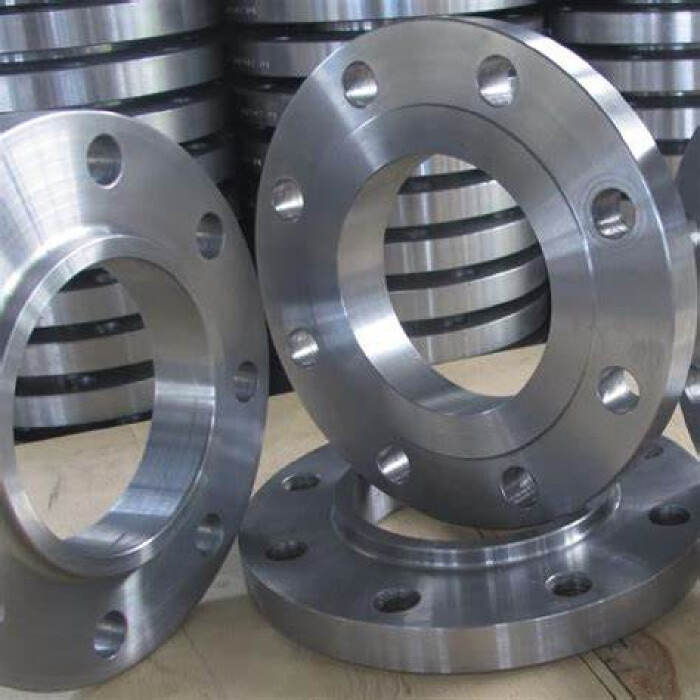Slip - on flanges, also known as SO flanges, are a crucial component in piping systems across various industries. They play a significant role in connecting pipes, valves, pumps, and other equipment, facilitating the smooth flow of fluids and gases.
Description:
Slip - on flanges, also known as SO flanges, are a crucial component in piping systems across various industries. They play a significant role in connecting pipes, valves, pumps, and other equipment, facilitating the smooth flow of fluids and gases.
Physical Structure and Design
A slip - on flange is designed with a large - diameter bore that is slightly larger than the outside diameter of the pipe it is intended to connect. This design allows the pipe to simply "slip on" to the flange, which is where its name originates. The flange has a raised face on one side, which is used to create a seal when it is bolted to another mating flange. The raised face helps to ensure a tight seal by providing a flat and even surface for the gasket to sit on. The thickness of the flange and the number and size of the bolt holes are standardized according to industry norms, such as those set by ASME (American Society of Mechanical Engineers) or DIN (Deutsches Institut für Normung in Germany).
Installation Process
The installation of slip - on flanges is relatively straightforward compared to some other types of flanges. First, the pipe is inserted into the bore of the flange until it reaches the shoulder or the stop inside the flange. This shoulder provides a guide for proper positioning of the pipe within the flange. After the pipe is in place, the flange is then aligned with the mating flange. Bolts are inserted through the bolt holes in both flanges, and nuts are tightened. This clamping action compresses the gasket between the two flanges, creating a leak - proof seal. The simplicity of the installation process makes slip - on flanges a popular choice for many applications where quick and easy assembly is required.
 |
 |
 |
 |
Specifications:
| Carbon steel | Q235, ASTM A105, ASTM,etc. |
| Alloy steel | ASTM A182,F1,F5,F9,F11,F22 etc. |
| Stainless Steel | Stainless Steel 304/316/304L/316L |
| Flange Size | 1/2" -200" / DN10-DN500 |
| Flange Type | Welding neck , Slip on, Blind , Long welding neck, Spectacle Blind |
| Standard | ANSI, DIN, GB, JIS, ASME |
| Application | used for Expansion Joint |
| Pressure | PN10, PN16 |
| Technics | Forged Casting |
| Packing | Plywood\wooden Pallets |
| Single package size | 25X25X10 cm |
| Single gross weight | 10.000 kg |
Applications:
Slip - on flanges find extensive use in a wide range of industries. In the oil and gas industry, they are used in pipelines to connect different sections of pipes, both onshore and offshore. They are suitable for handling high - pressure and high - temperature fluid and gas transportation, provided that the appropriate materials and gasket selection are made. In the chemical industry, where corrosive substances are often transported, slip - on flanges made from corrosion - resistant materials like stainless steel or alloy steels are commonly employed. They are also used in power plants, water treatment facilities, and the food and beverage industry. In food and beverage applications, special hygienic - grade slip - on flanges are used to ensure that the product remains uncontaminated during processing and transportation.
Advantages:
One of the primary advantages of slip - on flanges is their cost - effectiveness. Their relatively simple design and ease of installation result in lower overall costs compared to some more complex flange types. They also offer good structural integrity once properly installed, providing a reliable connection for piping systems. Additionally, they can be easily replaced or repaired if necessary, without having to completely disassemble large sections of the piping system.
